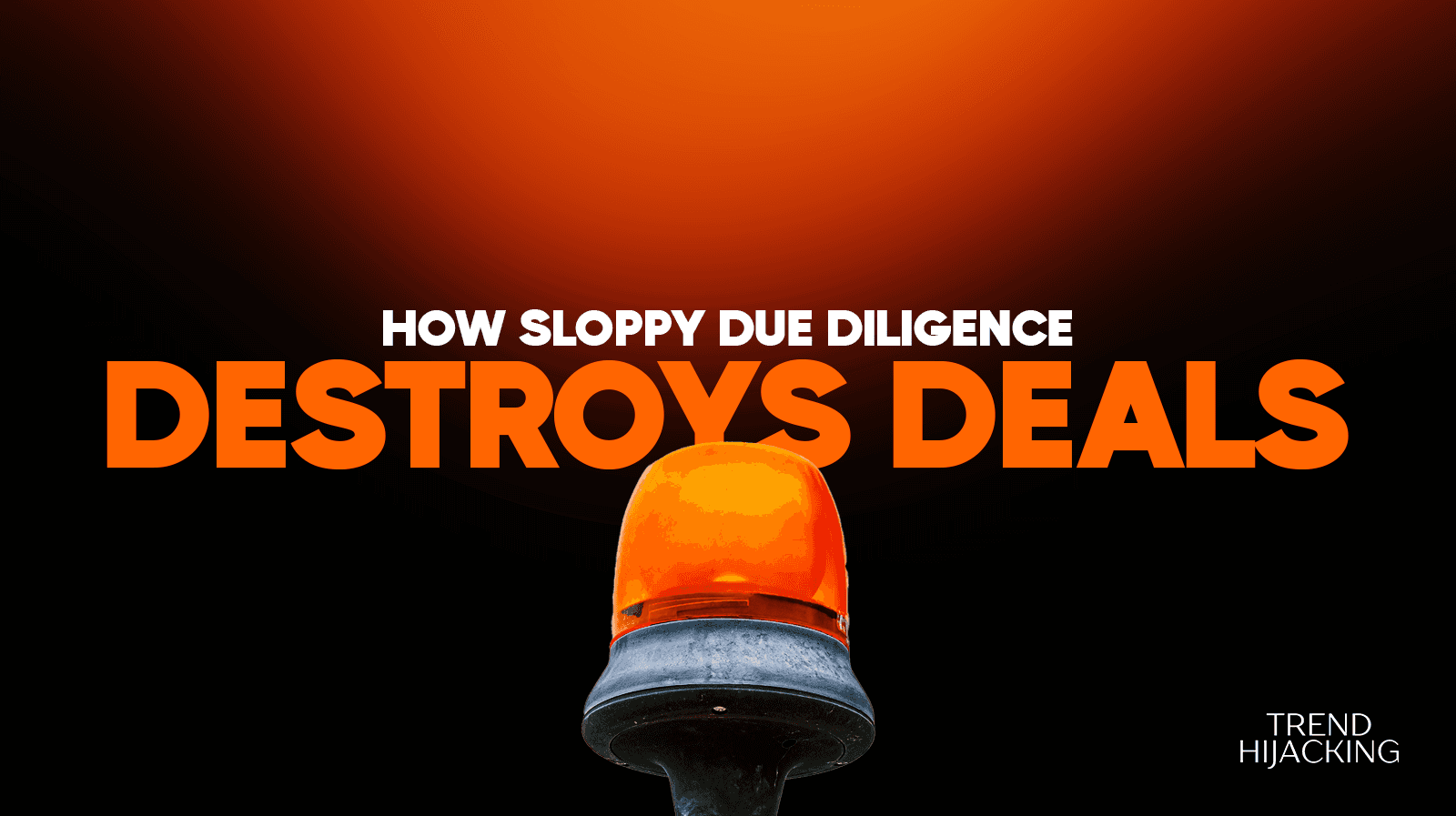How To Scale An E-commerce Business: Tips & Tricks
Lean vs. Full-Fledged E-commerce Brands: What's Your Business Category?

BEFORE anything else, you’d first want to define whether your business stands as a lean brand or a full-fledged e-commerce brand.
For starters, a lean e-commerce brand typically operates with minimal overhead, not holding inventory. It leverages private agents or suppliers to handle product storage and shipping.
This approach allows you to maintain a streamlined operation while offering branded products, and maintaining a professional online presence without the hassle of inventory management.
On the other hand, a full-fledged brand involves purchasing inventory upfront, managing your stock, and handling fulfillment, either in-house or through a third-party logistics (3PL) provider.
This model can be more complex and resource-intensive but offers greater control over the customer experience and can lead to higher profit margins.
Transitioning from dropshipping to a lean brand can be a game-changer. It reduces shipping times and allows for better branding, which can enhance customer loyalty.
Moving from a lean brand to a full-fledged brand is the next logical step for your business if you want to scale further as it offers you even more control and potential for growth.
We Help You Buy / Build, Manage and Scale E-commerce Brands for an EXIT
E-commerce Simplified for Busy Individuals – We handle the buying, building, and scaling, so you can focus on what matters.
Growth-Focused Strategies – From sourcing to marketing, we drive growth and prepare you for a profitable exit.
Expertly Managed Exits – We build a high-value brand designed for a Lucrative exit.
Implement Automation to Scale Your E-commerce Business

Scaling your ecommerce business requires significant effort and time. Often, you might find yourself bogged down by repetitive tasks, leaving other important areas neglected. This is where automation steps in as a game-changer.
Automation in e-commerce can drastically reduce the time and resources spent on routine activities, allowing you to focus on more critical tasks like developing a content strategy or launching marketing campaigns.
By automating various processes, you optimize resources and set the stage for increased sales.
Some of the areas you can automate in your online store include order processing, inventory management, customer communication, customer support, marketing campaigns, product recommendations, abandoned cart recovery, etc.
These automated tasks not only streamline your operations but also enhance customer experience and boost your sales.
Embracing automation is not just a trend; it’s a strategic move toward making your business more efficient and scalable.
It frees up your time, allowing you to concentrate on growth-oriented activities that can take your e-commerce brand to the next level.
At Trend Hijacking, we understand the challenges of managing an e-commerce business. That’s why we've developed a comprehensive automation program tailored to your needs.
Our program takes care of everything on your behalf—from order processing and inventory management to customer communication and marketing campaigns.
By letting us handle these tasks, you can free up your time and focus on other important aspects of your life, knowing that your business is in expert hands.
Establish A Presence Across Multiple Channels

To truly scale your online store, one of the crucial things you should do is establish a presence across multiple channels.
Being everywhere your potential customers are increases your visibility and enhances your chances of making sales.
Successful brands are omnipresent, leveraging platforms like Google, Facebook, Instagram, TikTok, Snapchat, Pinterest, and even Bing.
Start by testing a few platforms where your target audience spends the most time. Once you find a profitable channel, expand to others.
The goal here is to diversify your marketing efforts to reach as many potential customers as possible.
This way, if one platform's performance dips, your business remains resilient thanks to its presence in others.
Here's a perfect example:
A customer might see your ad on Instagram but not be ready to buy immediately.
But later, when they're ready to purchase, they might search for your product on Google. And if you're not there, they might just end up buying from your competitor.
Being present on multiple platforms ensures you capture these delayed conversions, maximizing your sales potential.
Aim For Higher Conversion Rates

Another powerful trick for scaling your ecommerce business involves optimizing your conversion rates.
High conversion rates usually mean more visitors to your online shop completing purchases—directly impacting your revenue.
To achieve high conversion rates, we advise you to focus on A/B testing different elements of your website and marketing campaigns.
Custom content also plays a significant role in optimizing conversions. Invest in professional photos, videos, and compelling copy that resonates with your audience.
Testimonials and reviews add social proof, making new visitors more likely to trust your brand.
Display these prominently on your site and across your marketing channels. Collect video testimonials and detailed reviews from satisfied customers to build credibility.
And don’t forget about your website optimization. A well-designed, fast-loading website also enhances user experience, keeping potential customers engaged.
Increase Average Order Value (AOV)

Average Order Value (AOV) measures the average amount a customer spends per transaction.
Increasing your AOV can significantly boost your revenue without needing to acquire more customers.
You can easily achieve this by implementing strategies like bundling products, offering upsells and cross-sells, and providing limited-time offers.
For example, if you sell fitness equipment, bundle a yoga mat with a set of resistance bands at a slight discount.
Suggest complementary products during the checkout process, such as offering a water bottle when someone buys a workout outfit.
These tactics encourage customers to spend more per visit, driving up your overall sales.
We Help You Buy / Build, Manage and Scale E-commerce Brands for an EXIT
E-commerce Simplified for Busy Individuals – We handle the buying, building, and scaling, so you can focus on what matters.
Growth-Focused Strategies – From sourcing to marketing, we drive growth and prepare you for a profitable exit.
Expertly Managed Exits – We build a high-value brand designed for a Lucrative exit.
Improve Customer Lifetime Value (LTV)

Customer Lifetime Value (LTV) represents the total revenue you can expect from a customer over their relationship with your brand. Improving LTV ensures long-term profitability and business stability.
You can easily improve LTV by implementing measures that allow you to retain customers and encourage repeat purchases.
For instance, you can introduce consumable products that require regular replacement, like supplements or skincare items. This strategy keeps customers coming back to you instead of seeking alternatives.
Regularly launching new products that complement your existing offerings is another way to keep your customers engaged and excited.
Above all, invest in excellent customer service to build strong relationships.
By sending personalized email campaigns, introducing loyalty programs, and exclusive offers, you can make your customers feel valued, increasing their loyalty and the likelihood of repeat business.
A Comprehensive Content Strategy Works Magic!

Yes, having an effective content strategy in place can also help ensure long-term brand success.
Quality content not only attracts customers but also builds trust and loyalty. That said, we advise you to balance your efforts between paid ads and organic content.
Create valuable content that addresses your audience's pain points and interests. Blog posts, how-to videos, and engaging social media posts can drive organic traffic to your site.
Collaborating with influencers and encouraging user-generated content can also help expand your reach.
Constantly test and optimize your content for better performance. Experiment with different formats, messaging, and visuals to see what resonates best with your audience.
This iterative approach ensures your content strategy evolves with your customer's preferences and market trends.
Expand to Other Marketplaces

Selling on marketplaces like Amazon, eBay, and Etsy can significantly extend your reach.
These platforms already have vast customer bases searching for products like yours. Listing your products on these sites can capture additional sales you might miss by solely relying on your website.
When expanding to marketplaces, ensure your brand stands out. Optimize your product listings with high-quality images, detailed descriptions, and competitive pricing.
Encourage reviews on these platforms to build trust and improve your product rankings.
Consider the logistics of fulfilling orders from these marketplaces.
Whether you manage fulfillment in-house or use a 3PL, ensure you can meet the demand and maintain a high level of customer service.
Conclusion
Scaling your e-commerce business requires strategic planning and execution. The most effective methods you can follow to scale your business include establishing a multi-channel presence, optimizing conversion rates, increasing AOV, improving LTV, creating a robust content strategy, automation, and expanding to marketplaces. Implement these tricks today and watch your e-commerce business grow.
Scaling an E-commerce business by yourself might be a difficult assignment(especially if it’s your first ever business). We are aware because hundreds of ambitious entrepreneurs have come to us with the same problem. We’ve been in the trenches scaling E-commerce businesses and can confidently say that we can help you scale your e-commerce store while you focus on other important tasks. Book a call with us today to learn how our expert guidance can transform your side hustle into a full-fledged business. Don’t wait—your thriving e-commerce business awaits!
A Done-For-You E-commerce Business
Discover how we Build, Launch, and Scale a 6-figure/month Business for You
Learn more
The 6-Step Blueprint to E-Commerce Acquisition
See how we Acquire, Convert, and Scale with Real Case Studies to Prove It.





















